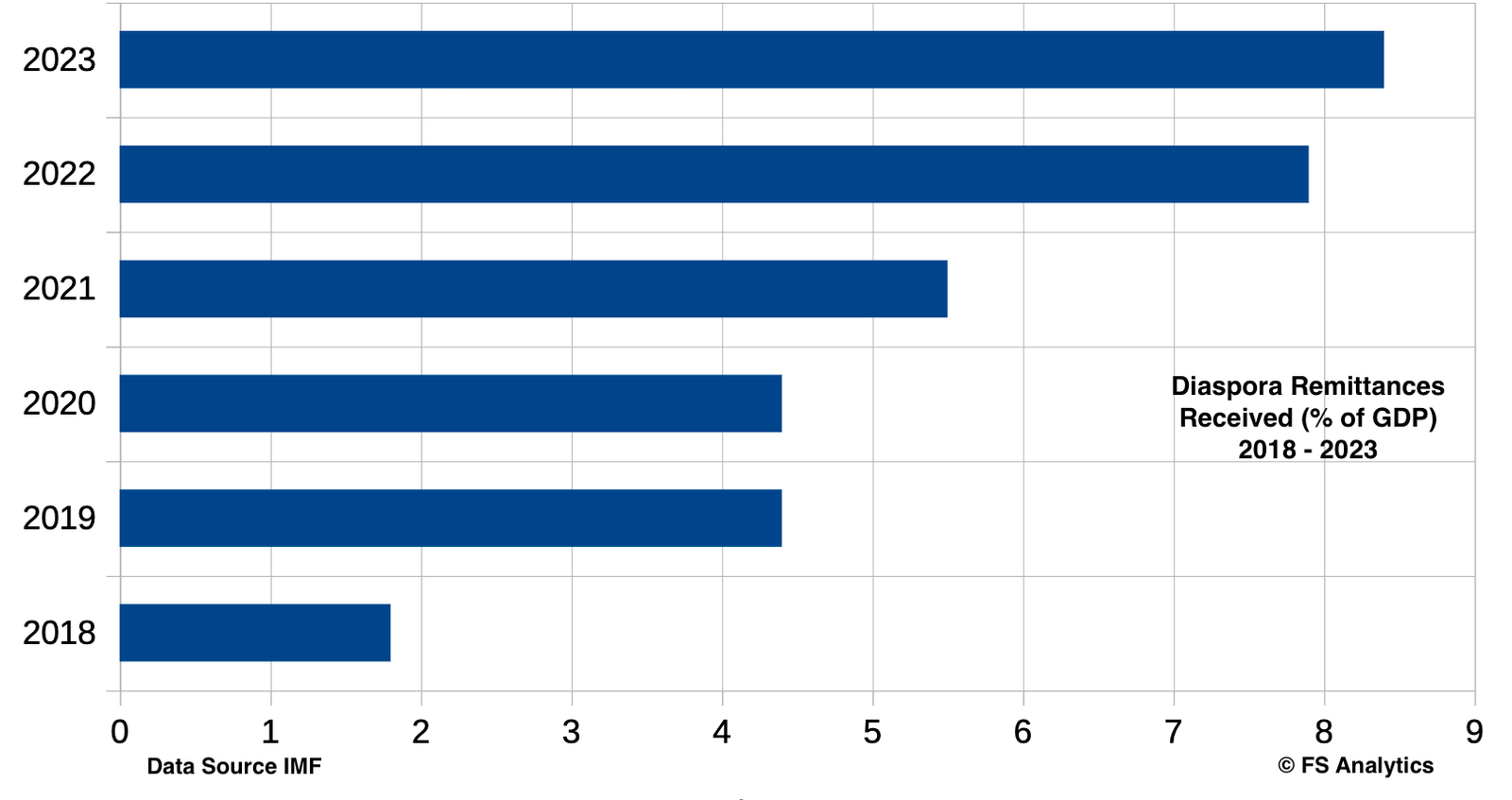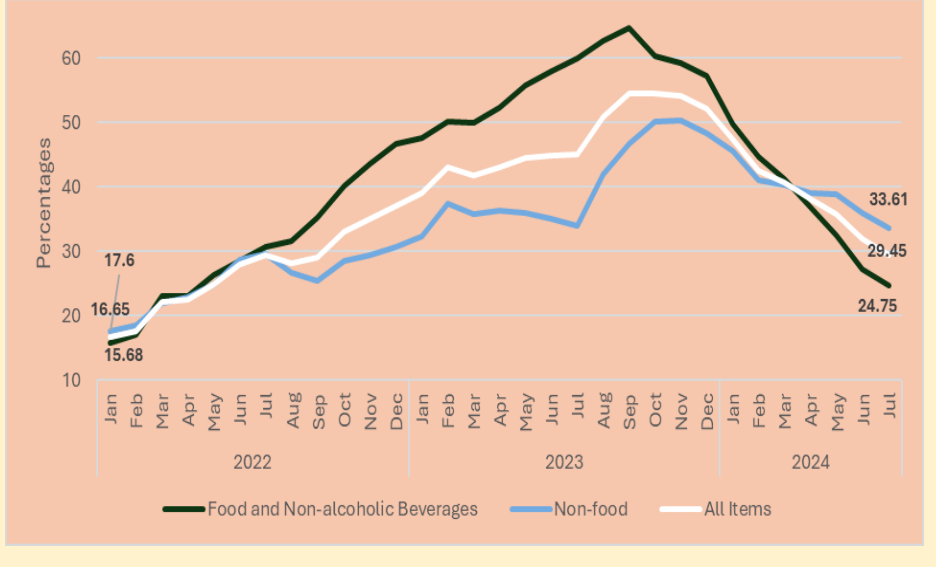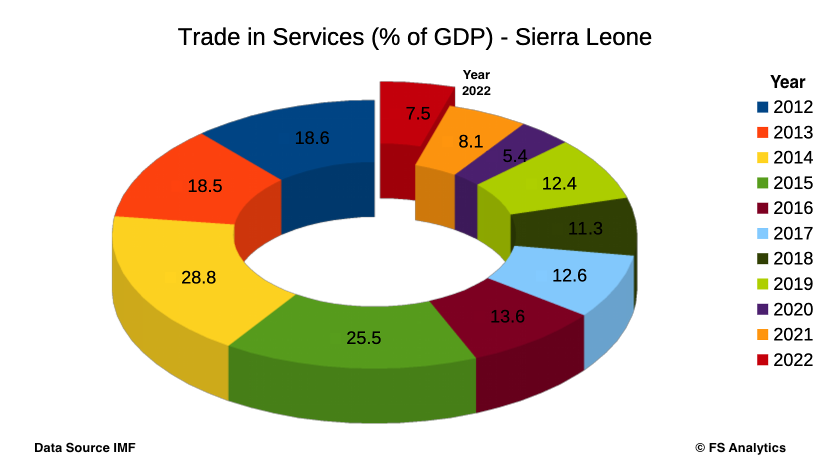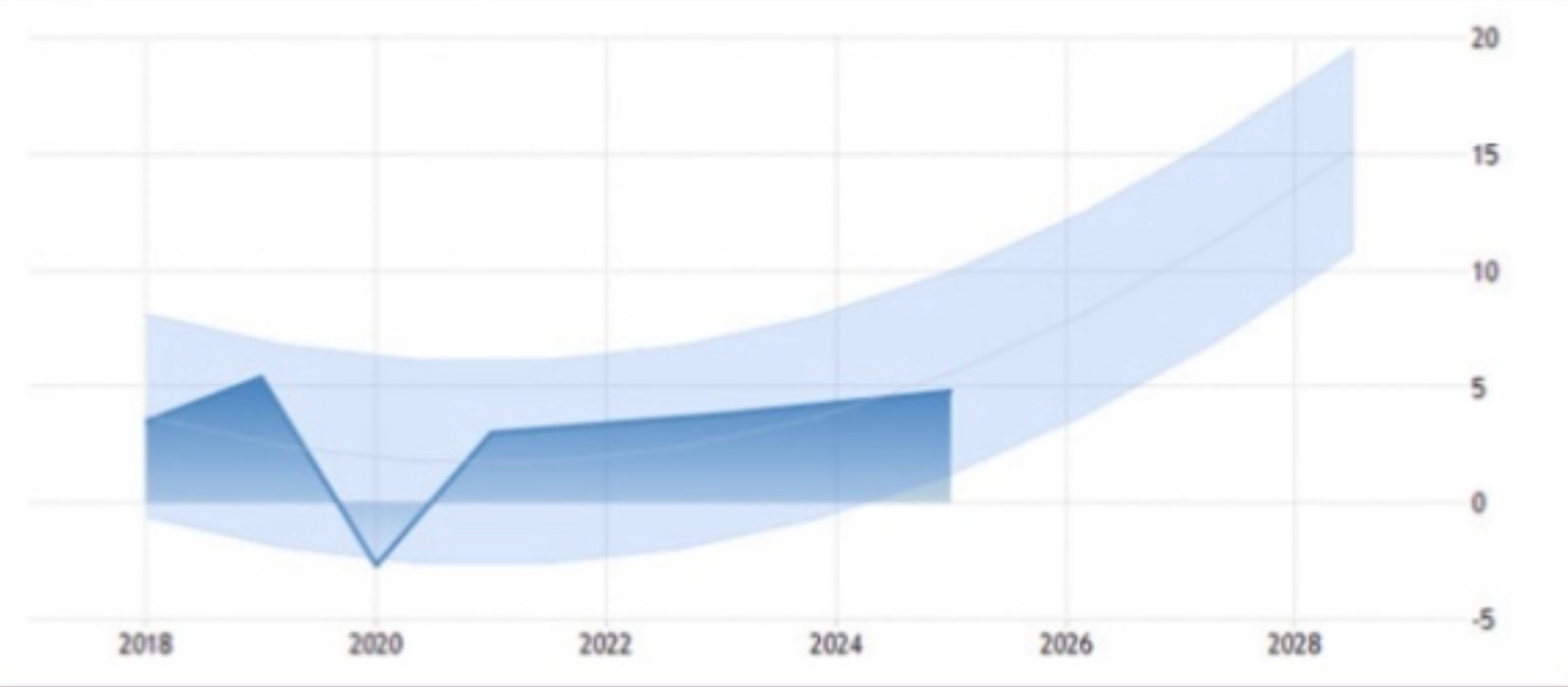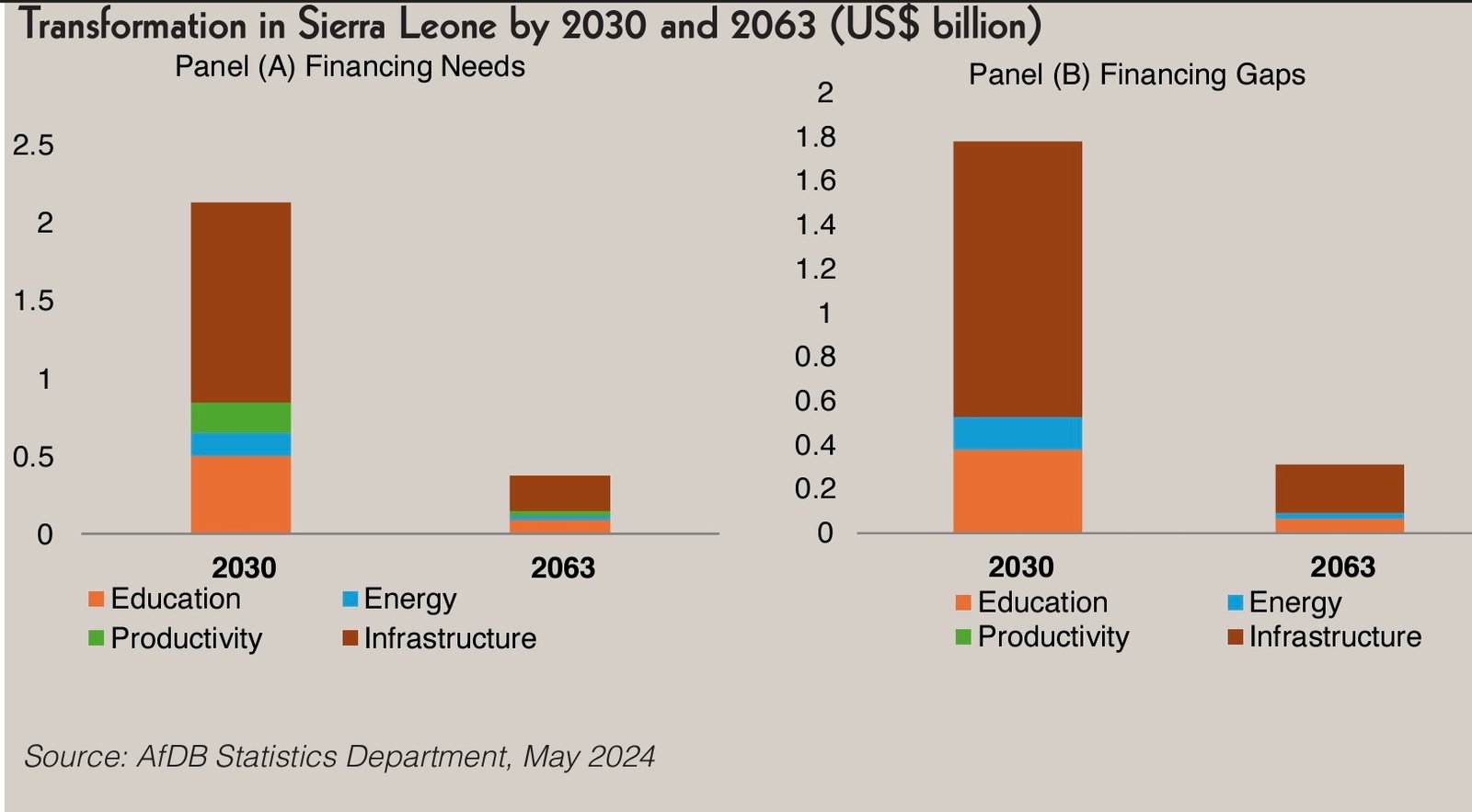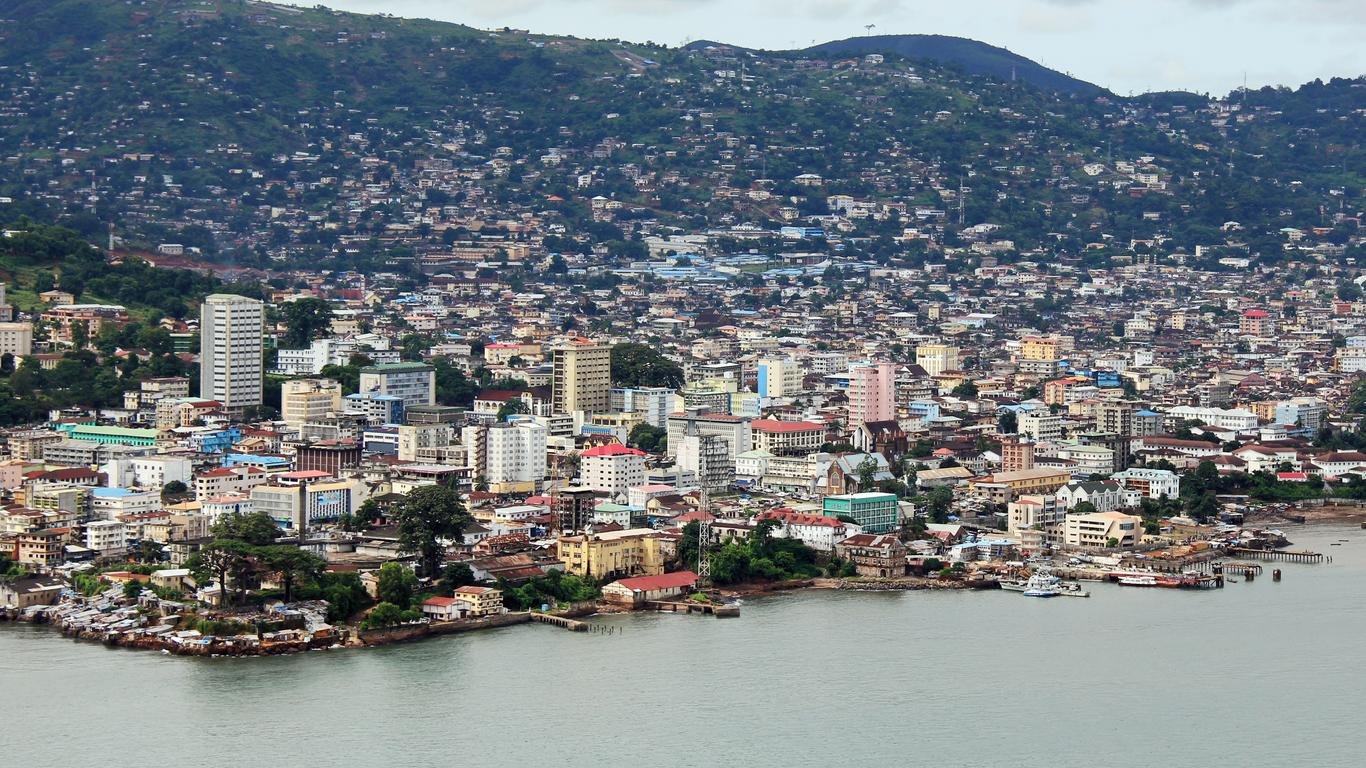Inflation Slows Across Regions
 Provinces of Sierra Leone
Provinces of Sierra Leone
Inflation rate across the regions has slowed considerably. Recently released data from Statistics Sierra Leone, indicated potential economic stabilization and a shift in consumer prices which presents an intriguing picture of the country's economic landscape in the third quarter (September to October) of 2024.
Data released by the Statistics Office, show that the inflation rates in various regions as of October 2024 are as follows:
- Eastern Region: September 2024, the region recorded an inflation rate of 22.11% by October 2024, this figure decreased to 20.44%. The reduction of 1.67% points signifies a positive trend, potentially driven by improved market supply chains and enhanced agricultural productivity in the area.
- Northern Region: A more substantial decline was seen in the Northern region, where inflation fell from 23.93% in September 2024 to 19.62% in October 2024. This decline of 4.31% points could be attributed to the stabilization of food prices and the gradual recovery from recent supply-side shocks.
- North-West Region: Experienced a significant drop in inflation rates, shifting from 16.53% in September to 12.25% in October 2024, marking a reduction of 4.28% points. The lower inflation rate in this region may stem from favourable agricultural outputs and improved logistics facilitating market access.
- Southern Region: This region showed a decrease in inflation from 21.51% in September 2024 to 18.99% in October 2024, a reduction of 2.52% points. The decline here reflects potential improvements in local governance and infrastructure that allow better distribution of goods and services.
- Western Region: Recorded the most remarkable decline, with the inflation rate decreasing from 20.84% in September 2024 to 15.86% in October 2024, a drop of 4.98% points. This change suggests successful government interventions in monetary policy and possibly better economic conditions arising from urbanization-related economic activities.
The decline in inflation rates across all regions is promising, with the Northern and Western regions experiencing most significant declines. The aggregate regional reductions indicate that the economy is beginning to respond positively to interventions aimed at controlling inflation rates aggressively. Rising agricultural productivity and stabilization of food prices have been pivotal in curbing inflation.
The World Bank projection that inflation may stabilize around 12-15% in 2025, contingent on global economic conditions and internal fiscal measures, whilst the IMF has a more cautious outlook, estimating potential inflation rates between 10-14%, emphasizing the importance of structural reforms and prudent economic management. The recent reductions in inflation rates across regions provide hope for a more stable economic environment. The convergence of economic policies, improved supply chains, and international support appears to play a crucial role in this downward trend. Activating sustained reform measures and strategic investments will be vital for ensuring that these inflation rates continue to decrease as the nation heads towards 2025.
01-01-2025


